
HOME





HOME
|

|

|

|

|
|
P R O F I L E |
||||
|
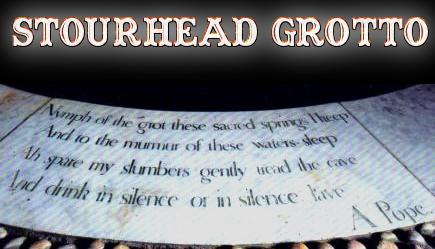 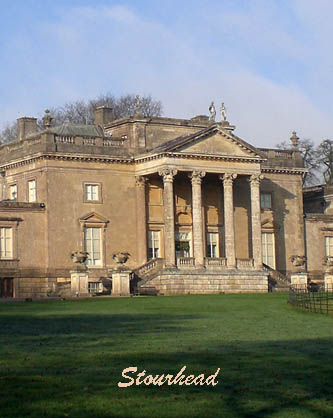 Stourhead Landscape Garden Grottoes
Stourhead Landscape Garden GrottoesWarminster Wiltshire United Kingdom BA12 6QD Telephone: 01747 841152 Stourhead Gardens are often called the jewel in the National Trust's crown, with their Classical temples, lakeside vistas, trees and grottos together forming the epitome of the Romantic landscaped garden. The Trust acquired the property in 1946. The double grotto (there are a linked pair) at Stourhead comprise a mid-eighteenth century Nymphaeum in a Grade I park. The Romanesque Nymphaeum was the inspiration for many grottoes in the first half of the eighteenth century. The Roman word Nymphaeum can be defined as a shrine including water features dedicated to the nymphs. At Stourhead, banker Henry Hoar dammed the River Stour to create a lake and then under the guidance of Henry Flitcroft had numerous neo-classical buildings constructed on the estate. These included the grottoes around 1748. The main room of the first comprises a high domed rocky chamber lined with tufa. Inside a white statue of nymph Ariadne reclines on the marble plinth above a cold bath or 'Ariadne's Well', fed by the springs which are the source of the River Stour. On the basin's rim are the verses translated by Pope of Twickenham Grotto fame: Nymph of the Grot these sacred springs I keep,
And to the murmur of these waters sleep; Ah! Spare my slumbers, gently tread the cave, And drink in silence, or in silence lave. 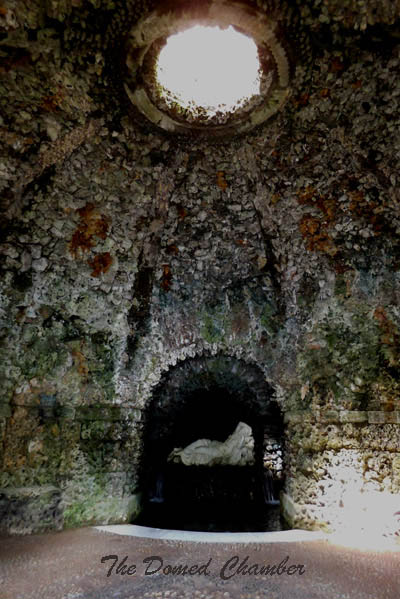 The statue of Ariadne is made of lead and by John Cheere and is a copy of the original in the Vatican. The visitor can look out from this pagan setting to the Christian Church in the distance. 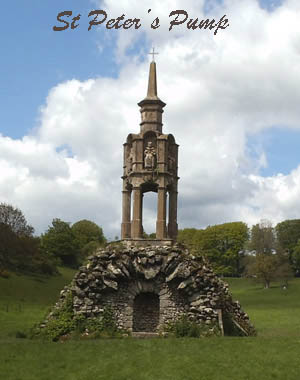 The bearded River God's adjacent Cave is the second chamber or Grotto. The bearded River God's adjacent Cave is the second chamber or Grotto.
To trace the source of the springs that feed 'Ariadne's Well' in the grotto, the printed guide of the grounds shows St Peter's Pump, way over yonder on the greensward, a long way from the gardens themselves. After 20 minutes energetic walking, this remarkable edifice is reached. It can be seen in the picture right. St Peter's pump dates from the 15th century, and was once part of Bristol's water system. It was removed in 1766 and rebuilt on a grotto style base on the Stourhead estate, at the top of a valley. It marks the source of the River Stour. There was once six springs emerging here, but now there is only one. These 'Six Wells', first so called in 1822, were at some point supposed to have arisen where King Alfred prayed for water for his troops, and they appear on the Stourton coat-of-arms. The stream wanders off through Wiltshire and Dorset for 96 km. until reaching Christchurch, where it flows into the sea as a substantial river. 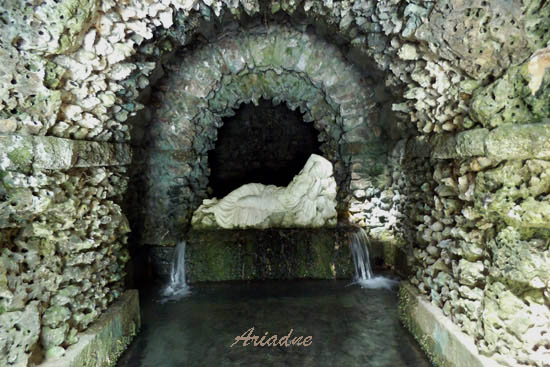
Other structures around the lake that are made in a similar style of rock work to the grotto include the road bridge and tunnel that lead to and from the Temple of Apollo and the boat house that is located on the lake side near the Temple of Flora. 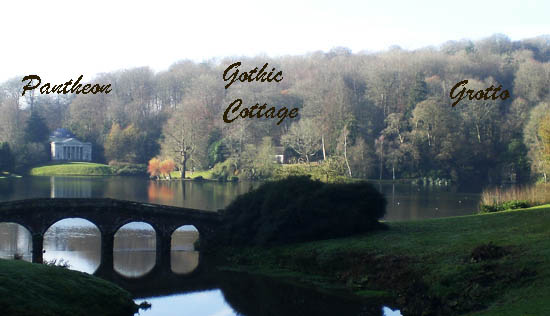
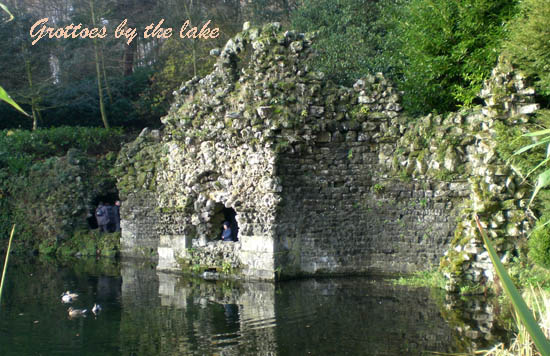
Website: Click Here ADDITIONAL INFORMATION  
GREAT BRITISH GROTTO GRADING
CONSTRAINTS Open set times only FACILITIES Access by Road, Access on Foot, Disabled Access, Entry Fee, Grottoes - more than one, Part of a larger tourism attraction, Restaurant/Food, Toilets LANDSCAPE Country town/village, Rural REGION England - Southern THE FEATURES PRESENT +A created provenance that links it to ancient mythology or legend, +Cared for and maintained in good condition, +Dark and mysterious chambers and cave like spaces, +External rock structures, either real or simulated, +Internal stonework that is natural, recycled or simulated to give a subterranean decor, +Sacred spring or integral water feature, +Stunning setting and location, +Viewing points from within to an intriguing landscape outside, GRADED EIGHT |
||||
|